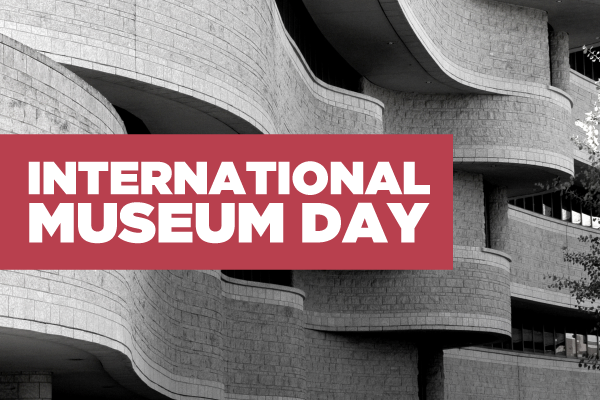May 18 is International Museum Day; so, you may wish to plan a visit to a museum near you this weekend! Our nation is home to some very spectacular museums; for a great number of our members, it’s also where they work!
But our museums haven’t been immune from budget cuts in the name of austerity. The members who work in that sector are grappling with some unique challenges.
“Most people who work within museums, galleries and archives would much prefer to have funding agencies at arm’s length,” explained Terry Quinlan, professor of conservation at Algonquin College, in Ottawa. The college has the oldest-running museum studies program in Canada, with 40 years in operation.
Our national museums have the all-important task of collecting, researching, interpreting and preserving items of cultural significance – items that we all own, collectively. Meanwhile, the federal government has a legal obligation, under the Museum Act, to provide the means for these institutions to perform that work.
“That’s a fundamental core requirement of public institutions; the federal government must supply them with the funds to achieve their mandate.”
Increasingly, however, museums are rubbing shoulders with corporations to meet their fiduciary responsibilities. Quinlan points to Barrick Gold’s $1M sponsorship of the Canadian Museum of Nature as a troubling example of this trend. He calls the increasing amount of corporate influence “frightening”.
Despite the new source of funding, however, there’s still a disturbing amount of cost-cutting happening in national museums and historic sites.
“Across the country, we’ve seen pretty major slashes,” explained Quinlan. “If you take a look at Parks Canada, many people are unaware that Parks had service centres across Canada that cared for our collective cultural artifacts from all our national historic sites.”
The government shut them down; there’s only one facility left in Ottawa. According to Quinlan, even that facility’s operations have been scaled back; they used to have about 20 conservators – they’re down to about 7.
While the preservation side of things is taking a hit, so is these institutions’ capacity to really engage and educate visitors. Sadly, 26 historic sites lost the interpretive guides that make history come alive – that make learning more engaging. On Parks Canada’s 2012 list of national historic sites moving to the “self-guided” format, Laurier House was twelfth on the list.
“We have been partnering with Laurier House for 15 years,” said the conservation professor. “I’ve watched those guys get beaten up something fierce in the last six years. It’s an exceptional site, there’s plenty to interpret, tons to share with the public, and they’ve completely scaled it back.”
Professor Quinlan says there’s a push to do tours of the site through an app.
“It’s completely bizarre,” he added. “I think that some divisions of the federal government are quick to jump onto technology and suggest that because it’s a cheaper way of doing things, it’s a better way of doing things.”
“I don’t buy that. Give it five years, you’ll see.”
But if you can’t engage people through the internet, you have to get them in the door. Quinlan says many museums are trying innovative ways to reach people outside their typical audience.
“One of the bigger challenges – and a lot of institutions are trying to do this now – is to capture that middle-of-the-road demographic,” he explained. “People between the age of 20 and 35 – they’re trying to get them engaged in learning about their collective cultural past. They’re trying contemporary technology to do that; they’re trying innovative ways to do that.”
According to him, the Canadian Museum of Nature’s Nature Nocturne series are a great example of trying to reach that demographic. The museum describes its late-night events as “a chance for adults to play and enjoy the museum on their own terms.” All the galleries are open to visit, but there’s the added bonus of music, food and drink… and a dance floor!
“The Royal Ontario Museum is doing something very similar to that,” added Quinlan. “Who knows how successful those things are going to be; they’re just starting now.”
“I think it’s great. I think that if you try to remain the institution of the past, you’re not going to survive. It’s just not going to happen.”
